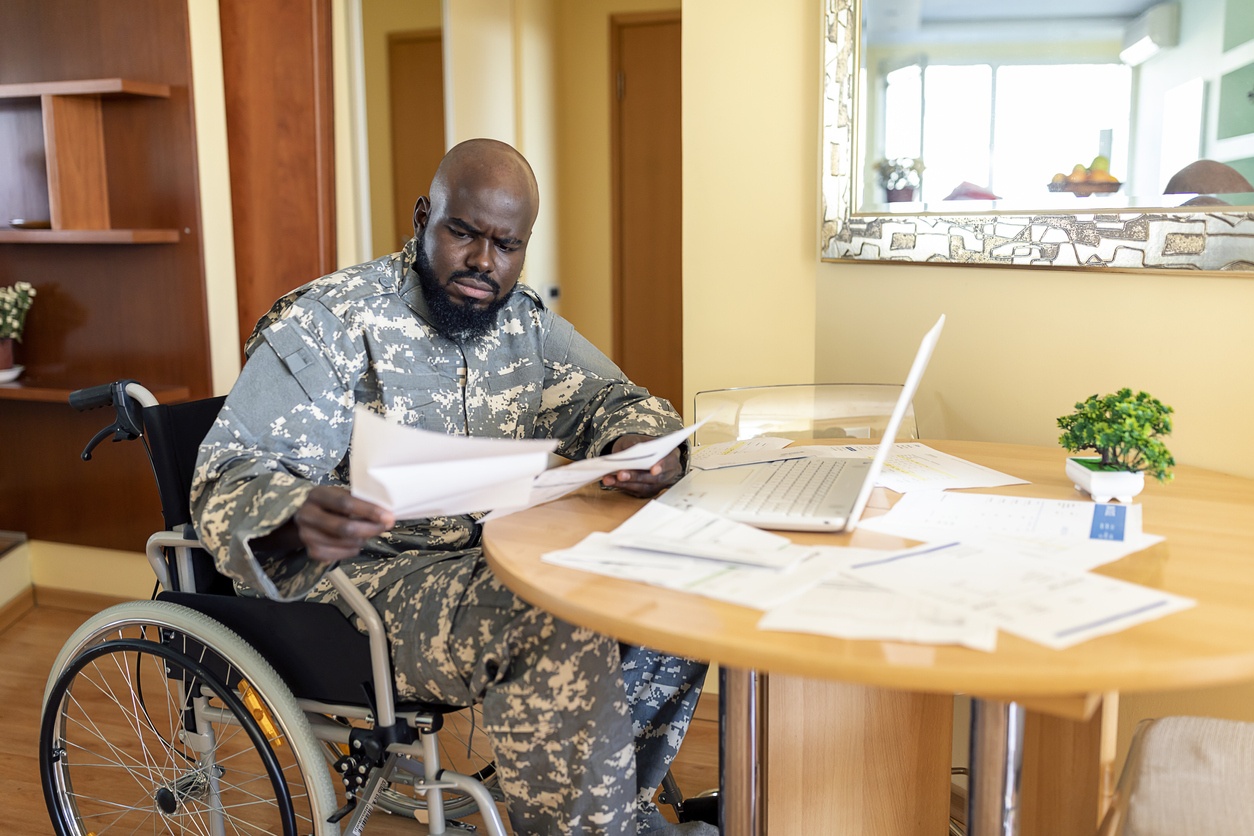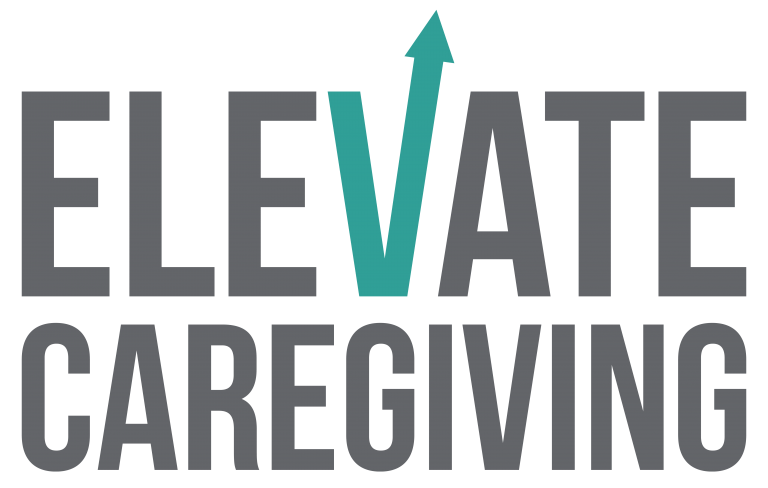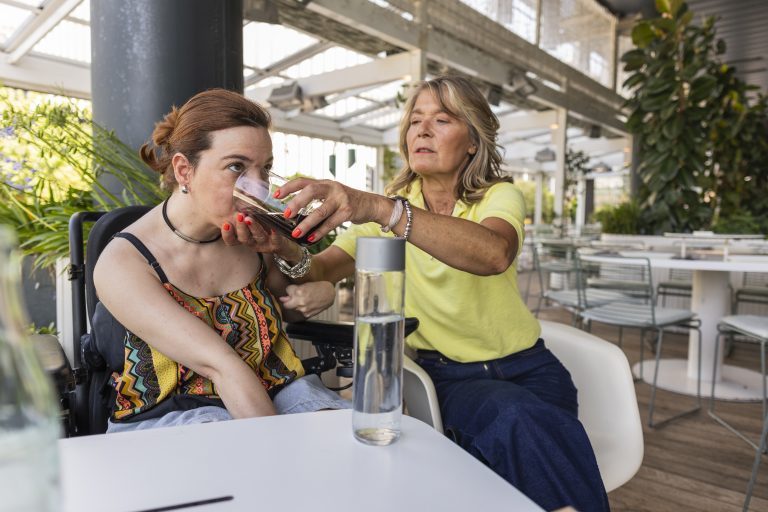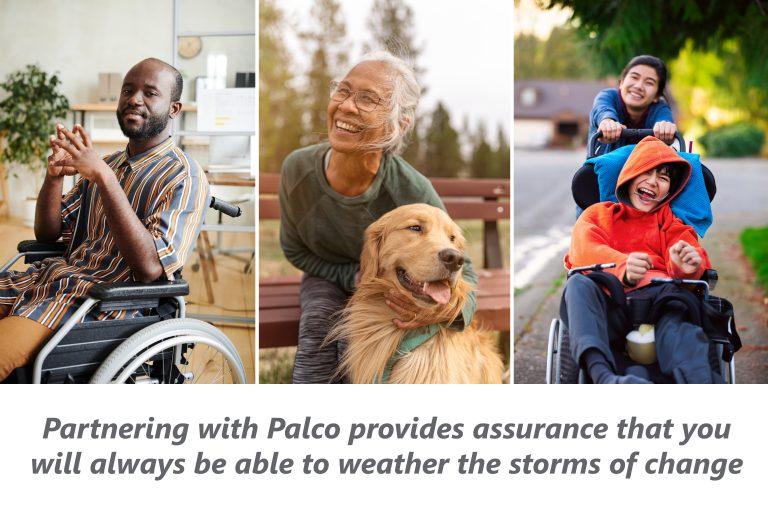Veteran Directed Care
The U.S. Department of Veterans Affairs recognizes the self-directed or consumer-directed service delivery model as a meaningful strategy for veterans of all ages to access long term services and supports in a home and community based setting.
The Veterans Directed Care (VDC) program was developed by the U.S. Department of Veterans Affairs (VA) Veterans Health Administration and the U.S. Department of Health and Human Services Administration for Community Living in 2008. The VDC service delivery model is currently offered at 72 VA Medical Centers across the U.S., with a total of 4,574 veterans currently participating in a VDC program.[1] Palco is honored to support VDC programs in New Mexico and Nevada.
The veterans-directed service delivery model provides veterans the opportunity to receive personal care services and assistance with activities of daily living from a trusted caregiver, one who may already play a supporting role in the veteran’s circle of support.[2] This Caregiver Self-Assessment can help your circle of support figure out how much assistance and support they can offer you and help them identify their own needs.
All veterans, regardless of age, who are enrolled in the VA health care system and meet the clinical criteria for the service are eligible to participate in a VDC program. However, this service delivery model may not be widely available in all VA Medical Centers. To find out if a VA Medical Center near you is offering the program, click here.
Eligible veterans who qualify for this service delivery model will undergo an assessment to determine their service needs. You’ll work closely with your VA social worker to develop a spending plan and hire workers, and learn how to manage your service budget.
Compared to a traditional agency service deliver model, a VDC program affords veterans more flexibility to decide what mix of goods and services best meets their needs, as well as more autonomy on who provides those services (family, friends, neighbors) and when those services are provided.
This puts the veteran at the center of the decision-making process and gives them more choice and control over their care and who provides that care.

[1] https://nwd.acl.gov/vdc.html
[2] https://www.va.gov/geriatrics/pages/Veteran-Directed_Care.asp
Resources
The Veteran Decision Aid for Care at Home or in the Community can help you figure out which long term services and supports may be best suited for you.

by Victoria Evans
VP of Policy & Research







